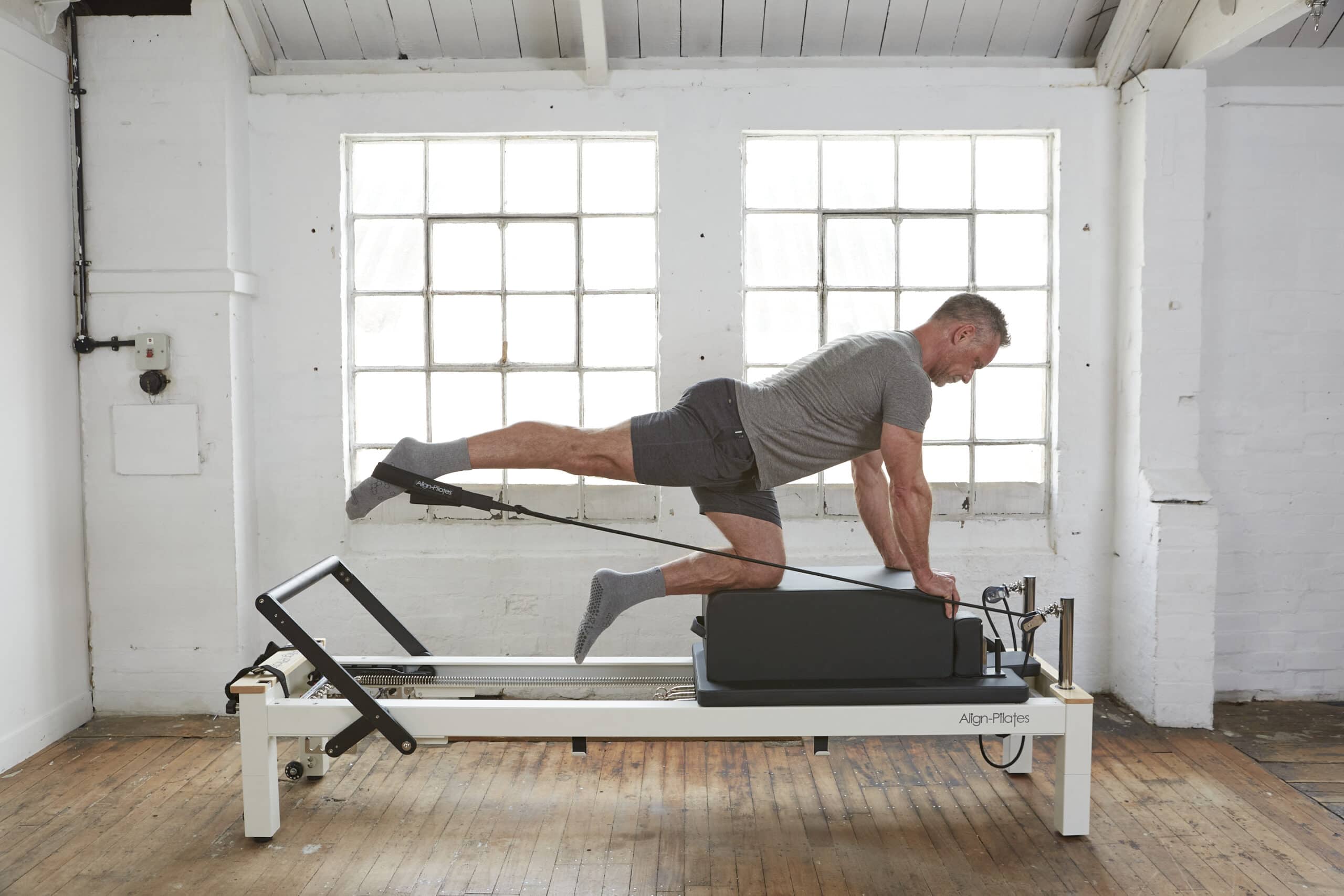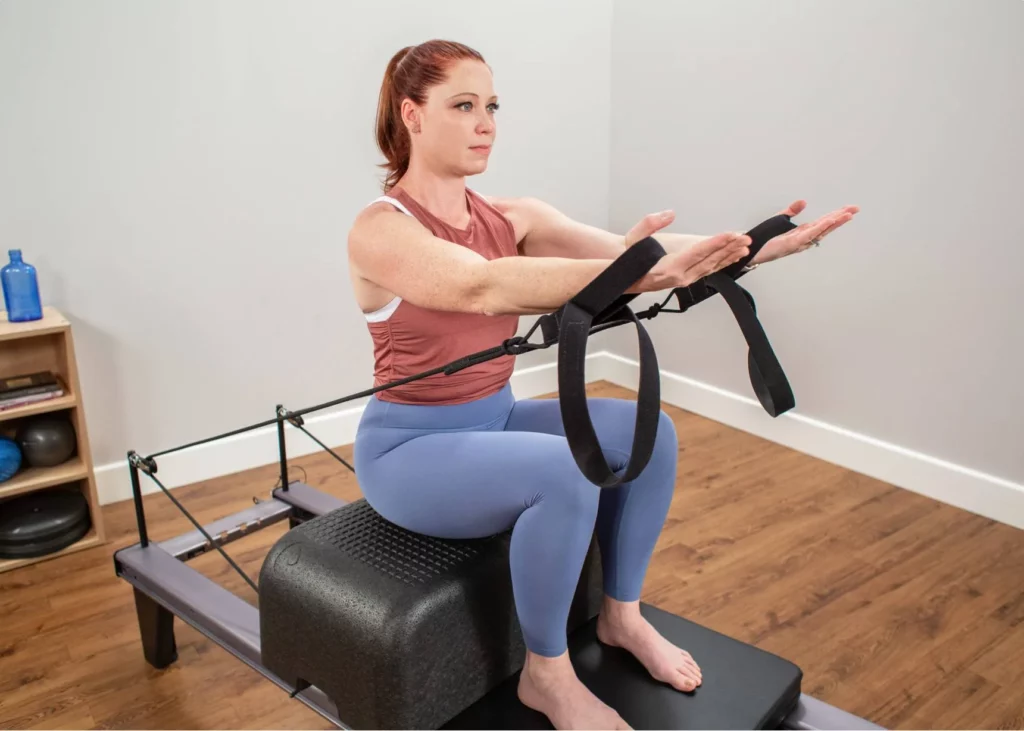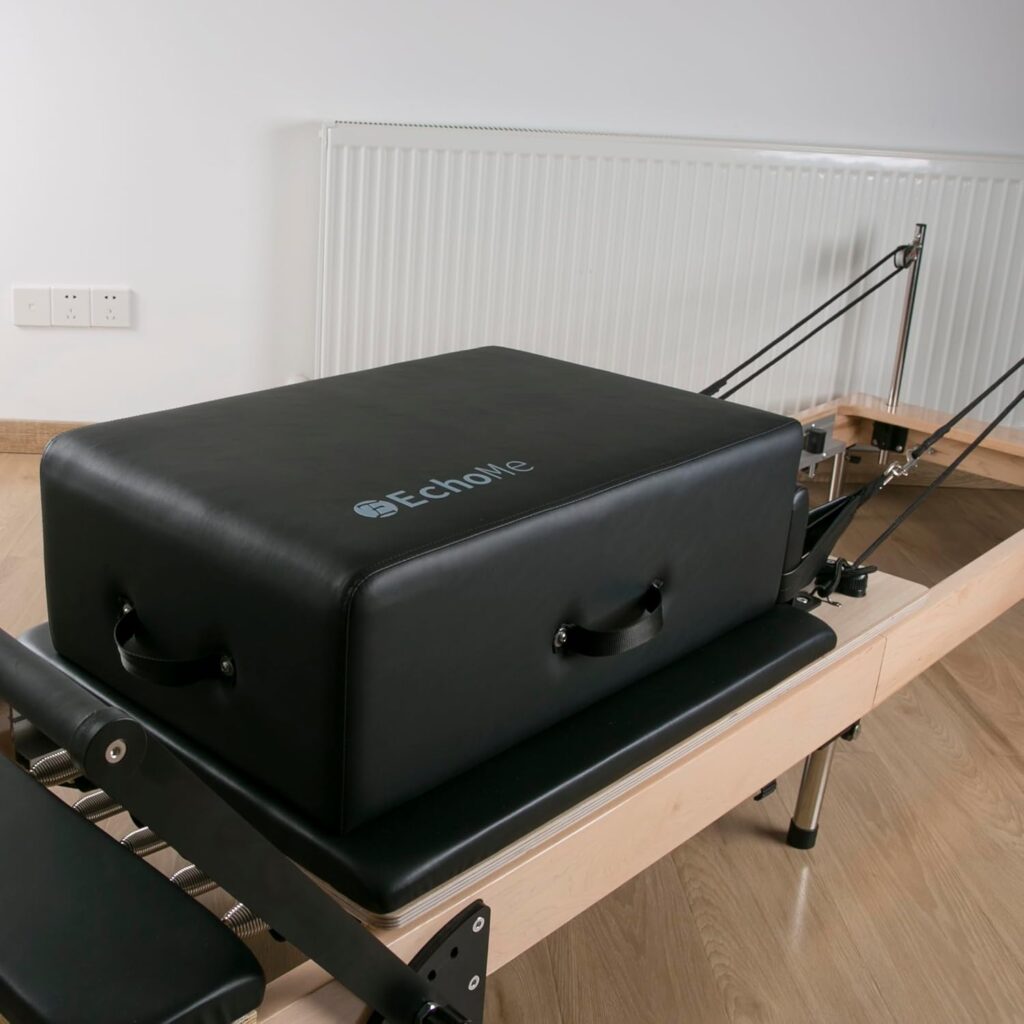How to Incorporate a Pilates Sitting Box into Your Reformer Workouts

Understanding the Pilates Sitting Box
The Pilates sitting box, also known as a Pilates box or a jump board, is an essential accessory that can enhance your reformer workouts. This versatile piece of equipment allows for a range of exercises that target various muscle groups, improve flexibility, and promote overall body awareness. By incorporating the sitting box into your routine, you can elevate your practice and challenge yourself in new ways.
Typically made from sturdy wood or high-quality foam, the sitting box Pilates is designed to provide a stable surface for a variety of movements. Its compact size makes it easy to store and transport, while its functionality allows for a multitude of exercises that can be adapted to suit all fitness levels. Understanding how to use the sitting box effectively can transform your Pilates experience.
Benefits of Using a Pilates Sitting Box
Integrating a sitting box into your reformer workouts offers numerous benefits. Firstly, it enhances your core stability and strength. Many exercises performed on the box require you to engage your core muscles, promoting a strong foundation for all movements. This increased core engagement can lead to improved posture and alignment in daily activities.
Secondly, the sitting box provides an opportunity for greater range of motion. Exercises that involve reaching, stretching, or lifting can be performed more effectively with the added height and support of the box. This can lead to improved flexibility and mobility, essential components of any fitness regimen.
Types of Exercises with the Sitting Box
The sitting box can be used for a variety of exercises that target different muscle groups. Some popular options include seated leg lifts, box jumps, and side-lying stretches. Each of these movements can be modified to suit individual fitness levels, making the sitting box a versatile tool for both beginners and advanced practitioners alike.
Moreover, the sitting box can be used to enhance traditional reformer exercises. For instance, it can be incorporated into leg circles or the hundred, adding an extra layer of challenge and engagement. By experimenting with different exercises, practitioners can discover new ways to utilise the box effectively. Additionally, the sitting box can serve as a platform for balance training, encouraging practitioners to focus on their stability while performing movements that integrate both strength and coordination. This not only aids in muscle development but also fosters a deeper connection between mind and body, a fundamental principle of Pilates practice.
Furthermore, the sitting box can be an excellent tool for rehabilitation and injury prevention. Its supportive structure allows individuals recovering from injuries to perform exercises in a controlled manner, reducing the risk of further strain. By incorporating gentle movements on the sitting box, one can gradually rebuild strength and flexibility, making it a valuable addition to any rehabilitation programme. As you become more familiar with the sitting box, you may find that it opens up a new realm of possibilities in your Pilates journey, allowing for greater exploration of movement and personal growth.
Preparing for Your Workout
Before diving into your reformer workout with the sitting box, it’s essential to prepare adequately. This preparation not only ensures safety but also maximises the effectiveness of your session. Start by familiarising yourself with the equipment and understanding how to position the box correctly on the reformer.
Ensure that the reformer is set up appropriately for your height and fitness level. Adjust the springs and footbar as needed, and place the sitting box securely on the reformer. It’s crucial to check that the box is stable and that there are no obstructions in your workout space.
Warm-Up Exercises
A proper warm-up is vital before engaging in any workout, particularly when using the sitting box. Begin with some gentle stretches to loosen up your muscles and joints. Focus on your core, legs, and back, as these areas will be heavily utilised during your session.
Incorporate dynamic movements such as arm circles, leg swings, and spinal twists to prepare your body for the workout ahead. This will not only enhance your performance but also reduce the risk of injury.
Setting Goals for Your Workout
Establishing clear goals for your workout can help maintain focus and motivation. Consider what you wish to achieve during your session with the sitting box. Whether it’s improving strength, flexibility, or overall fitness, having specific objectives will guide your practice and help you measure progress.
Write down your goals and keep track of your achievements. This practice can provide a sense of accomplishment and encourage you to push your boundaries in future workouts.

Incorporating the Sitting Box into Your Routine
Once you are prepared and have set your goals, it’s time to incorporate the sitting box into your reformer workouts. Start with foundational exercises before progressing to more advanced movements. This gradual approach ensures that you build strength and confidence in your abilities.
Beginner Exercises
For those new to the sitting box, begin with simple exercises such as seated leg lifts. Sit on the box with your legs extended in front of you. Engage your core and lift one leg at a time, alternating between legs. This movement helps to strengthen the hip flexors and improve balance.
Another excellent beginner exercise is the seated spine stretch. Sit on the box with your feet flat on the reformer, and gently round your spine forward while reaching towards your toes. This stretch promotes flexibility in the spine and hamstrings, while also engaging the core.
Intermediate Exercises
As you become more comfortable with the sitting box, you can progress to intermediate exercises. The box jump is a fantastic way to incorporate cardiovascular fitness into your routine. Stand on the box and jump off, landing softly on the reformer. This movement challenges your coordination and builds lower body strength.
Additionally, consider incorporating side-lying leg lifts. Lie on your side on the box, with your legs extended and aligned with your body. Lift your top leg towards the ceiling, engaging your glutes and obliques. This exercise targets the outer thighs and helps to build stability.
Advanced Exercises
For those seeking a challenge, advanced exercises can be introduced. The box can be used for more complex movements such as the teaser or the long stretch. These exercises require a high level of core engagement and control, making them ideal for experienced practitioners.
In the teaser, sit on the box with your legs extended in front of you. Roll back onto your spine while simultaneously lifting your legs and arms, creating a V shape with your body. This movement demands strength and balance, providing a full-body workout.
Safety Tips and Considerations
While the Pilates sitting box can enhance your workouts, safety should always be a priority. Ensure that you are using the box correctly and that it is securely positioned on the reformer. Avoid rushing through exercises, as this can lead to poor form and potential injury.
Listening to Your Body
It’s essential to listen to your body during your workouts. If you experience any discomfort or pain, stop the exercise immediately and assess your form. Modifying movements to suit your current fitness level is crucial for preventing injury and ensuring a positive experience.
Consulting with a qualified Pilates instructor can also provide valuable insights into proper technique and form. They can help guide you through exercises and ensure that you are using the sitting box effectively and safely.
Post-Workout Recovery
After completing your workout, take time to cool down and stretch. This practice aids in recovery and helps to alleviate muscle soreness. Focus on stretching the muscles that were engaged during your session, such as the hamstrings, quadriceps, and back.
Incorporating foam rolling or gentle massage can also aid in recovery. This can help to release tension in the muscles and promote overall relaxation after an intense workout.

Conclusion
Incorporating a Pilates sitting box into your reformer workouts can significantly enhance your practice. By understanding its benefits, preparing adequately, and gradually progressing through exercises, you can unlock new levels of strength, flexibility, and body awareness. Remember to prioritise safety and listen to your body as you explore the versatility of the sitting box.
With consistent practice and dedication, the sitting box can become a valuable tool in your Pilates journey, helping you achieve your fitness goals and enjoy the many benefits that Pilates has to offer.
See ALso: A comprehensive guide to buying a Pilates Sitting Box for your Reformer.
